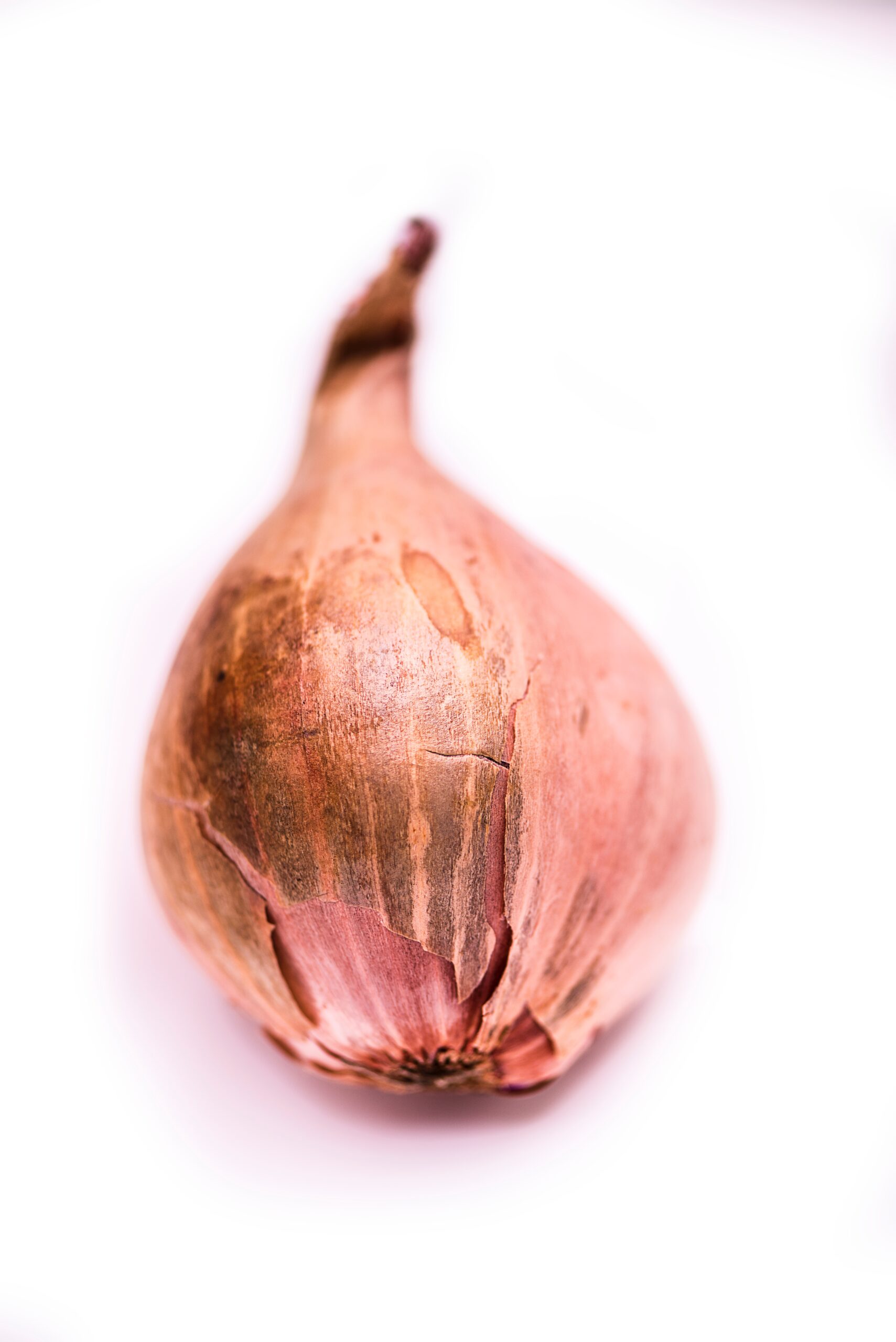
Shallots, with their unique and delicate flavor profile, have been a staple in various cuisines for centuries. However, there are times when you may find yourself out of shallots or looking for alternatives due to their limited availability. Fear not, for we have compiled a list of the top 10 substitutes for shallots that can bring a similar taste and aromatic flair to your recipes. These alternatives from the allium family will ensure your dishes remain flavorful and satisfying.
What are Shallots
Shallots are a type of onion and a member of the allium family, which includes onions, garlic, leeks, and chives. These small, elongated bulbs are prized for their distinctive flavor and mild taste. Unlike regular onions, shallots grow in clusters, with multiple bulbs attached at the base.
What do Shallots Taste Like
Shallots have a unique and delightful taste that sets them apart from other members of the allium family. When raw, shallots offer a crisp and mildly pungent flavor with a delicate sweetness. Their raw taste is milder than regular onions but more pronounced than chives or scallions.
When cooked, shallots undergo a transformative process, becoming tender and releasing a rich, savory aroma. They develop a subtle caramelized sweetness with a gentle hint of garlic, making them an excellent addition to various cooked dishes.
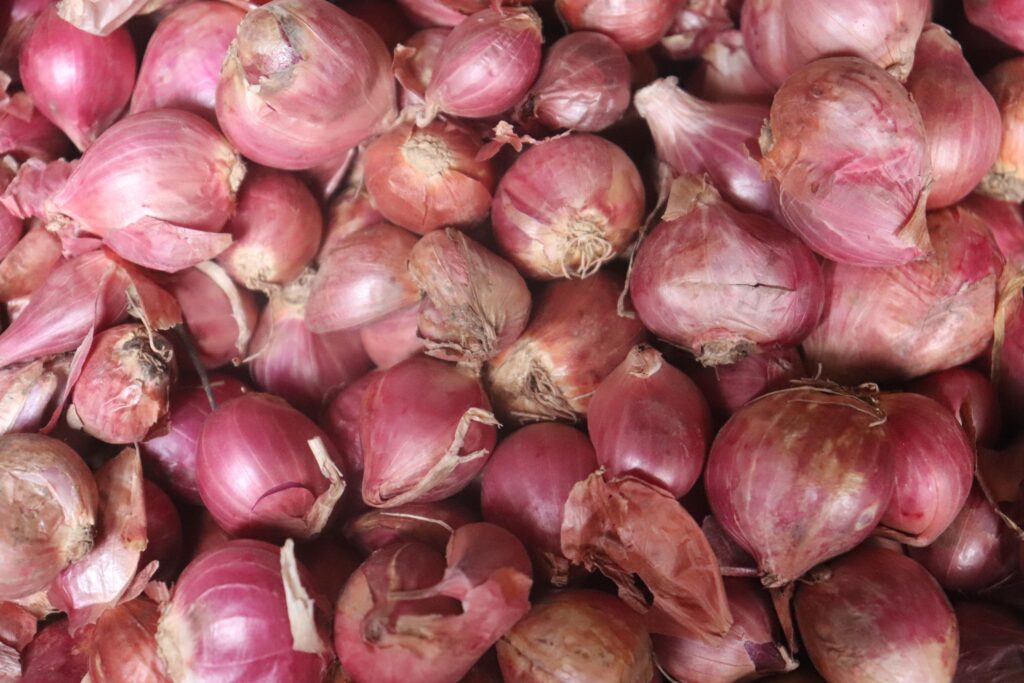
What do Shallots Look Like
Shallots are small, elongated bulbs with a distinctive appearance that distinguishes them from other members of the onion family. Typically measuring around 1 to 2 inches in diameter, shallots grow in clusters, with several bulbs attached at the base. They feature a papery, coppery-brown skin that encases the individual bulbs, protecting their delicate flesh inside.
When you peel away the thin outer layer, you reveal a crisp, white or pale green flesh. The bulbs are oblong in shape, and their size and color may vary slightly depending on the specific variety. While some shallots have a more elongated form, others can be slightly rounded. The compact nature of shallots and their unique appearance make them easily distinguishable from regular onions or garlic.
How are Shallots Used?
They are often used in both raw and cooked forms to enhance the taste of salads, sauces, dressings, stir-fries, and numerous other dishes. Whether you’re an amateur cook or a seasoned chef, shallots are a must-have in the kitchen for adding depth and sophistication to your recipes.
How Long Does a Shallot Last
The shelf life of shallots depends on how they are stored. When kept under the right conditions, shallots can last for several weeks to a few months. Here are some general guidelines for storing shallots:
- Fresh Shallots (Whole and Unpeeled): If you have purchased fresh shallots with their papery skin intact, store them in a cool, dry, and well-ventilated place. A pantry or a dark cabinet is ideal. They should last for about 2 to 3 months under these conditions.
- Peeled and Chopped Shallots: Once shallots are peeled and chopped, their shelf life decreases significantly. To extend their freshness, place the chopped shallots in an airtight container or resealable bag and store them in the refrigerator. Chopped shallots can last for about 1 week when refrigerated.
- Cooked Shallots: If you have leftover cooked shallots, store them in an airtight container in the refrigerator. Cooked shallots can last for up to 3 to 5 days.
Always inspect shallots before use and discard any that show signs of mold, sprouting, or significant softening.
How to Properly Store Shallots
To maximize their shelf life, it’s essential to store shallots away from moisture and direct sunlight, as these conditions can cause them to spoil more quickly. Properly stored shallots will retain their flavor and quality, ensuring you can enjoy their unique taste in your culinary creations for an extended period.
How Many Cups Is Shallot Chopped?
The volume of chopped shallots in cups can vary depending on the size of the shallots and how finely they are chopped. As a general guideline:
- 1 medium-sized shallot, when chopped, yields approximately 1/4 to 1/3 cup.
Keep in mind that shallots come in different sizes, so this estimation might not be entirely precise. If your recipe calls for a specific quantity of chopped shallots, it’s always best to measure them after chopping to ensure accuracy.
List of the 10 Best Substitutes for Shallots
Yellow Onion
One of the most accessible substitutes for shallots is the yellow onion. With a slightly stronger taste, yellow onions can mimic the subtle flavor of shallots when used in cooking. Simply use a 1:1 ratio in your recipe when substituting shallots with yellow onions. Sautéed or caramelized yellow onions will add depth and richness to your dishes, similar to cooked shallots. Suggested: How to Caramelize Onions
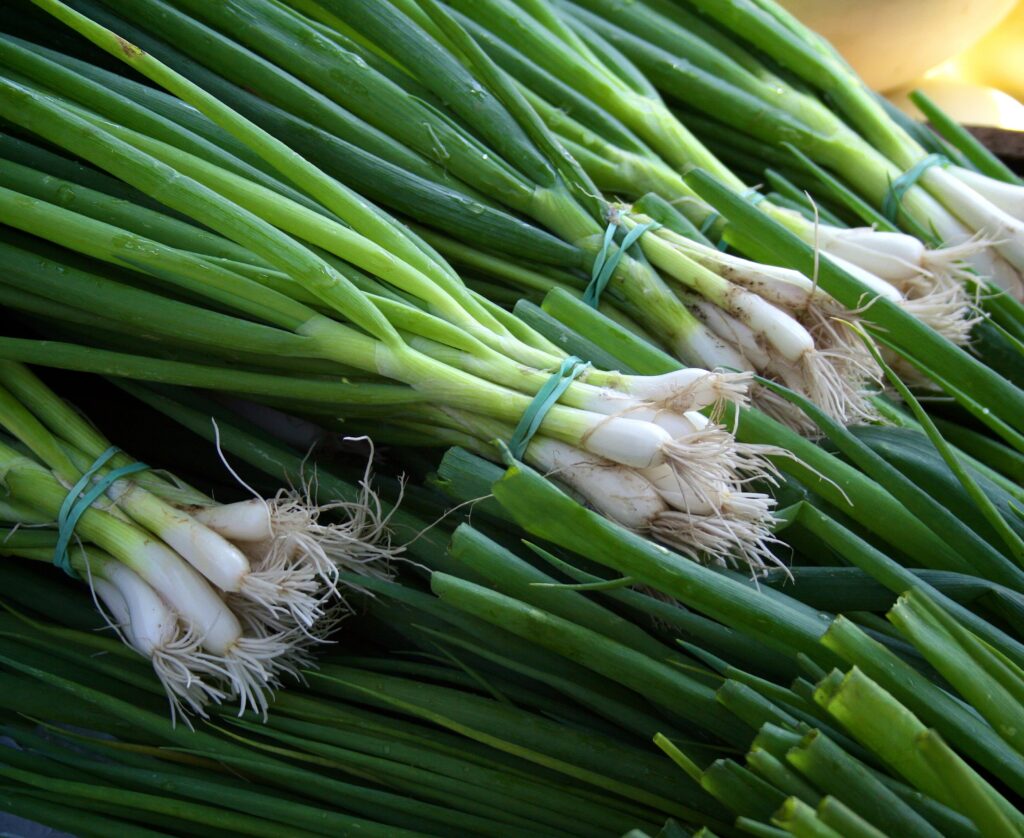
Green Onions (Scallions)
Green onions, also known as spring onions and scallions, offer a milder flavor than shallots but share the same allium family characteristics. When using green onions as a shallot substitute, use both the white and light green parts, as they provide a balanced taste reminiscent of shallots. Finely chopped green onions can be added to salads, stir-fries, and various other dishes to impart a fresh and onion-like taste. Suggested: Healthy Green Onion Dip
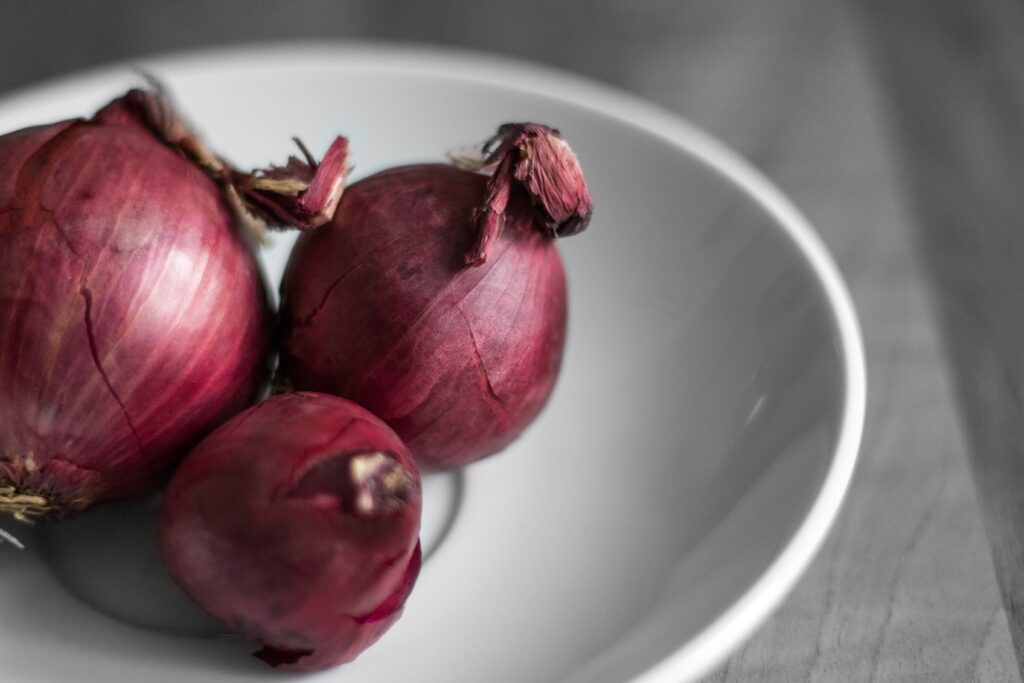
Red Onion
Red onions possess a subtle sweetness and a hint of spiciness, making them a suitable substitute for shallots. While their flavor is slightly more pronounced, they work well in raw applications like salads or as a garnish for dishes where the onion’s taste should shine.
Pearl Onions
When your recipe calls for shallots in whole or halved form, pearl onions can be an excellent replacement. Their small size and mild flavor make them ideal for pickling, roasting, or adding to stews and braises. Suggested: Pickled Pearl Onions
Leeks
Leeks offer a milder flavor than shallots and can be used in various dishes as a substitute. When cooking with leeks, use the white and light green parts as they possess a more delicate taste. Sauteeing leeks will provide a softened texture and a flavor that is akin to cooked shallots. Suggested: Creamy One Pot Leek Pasta
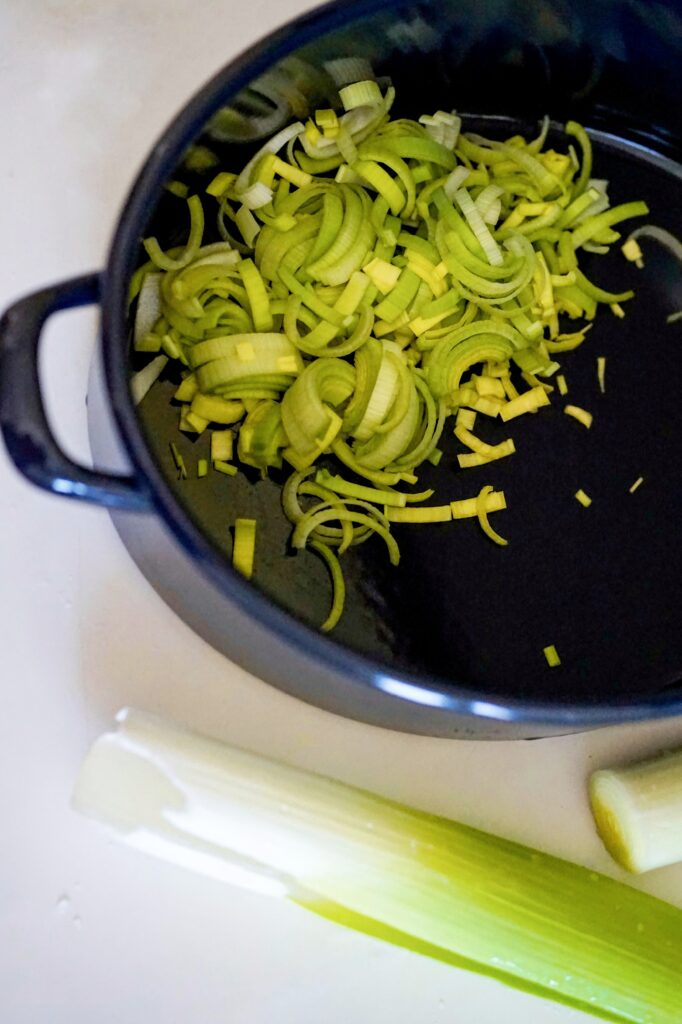
Garlic Scapes
Garlic scapes, the green shoots that grow from garlic bulbs, share a similar taste to garlic and shallots. Their flavor is slightly milder than raw shallots, making them a suitable replacement when used in pesto, dips, or sauces. Suggested: Stir Fried Garlic Scrapes
Garlic Powder
For a convenient and readily available alternative, garlic powder can impart a similar flavor to shallots in your dishes. However, use it sparingly, as its taste is more intense than that of shallots. Start with half the amount of garlic powder compared to the shallot quantity mentioned in your recipe.
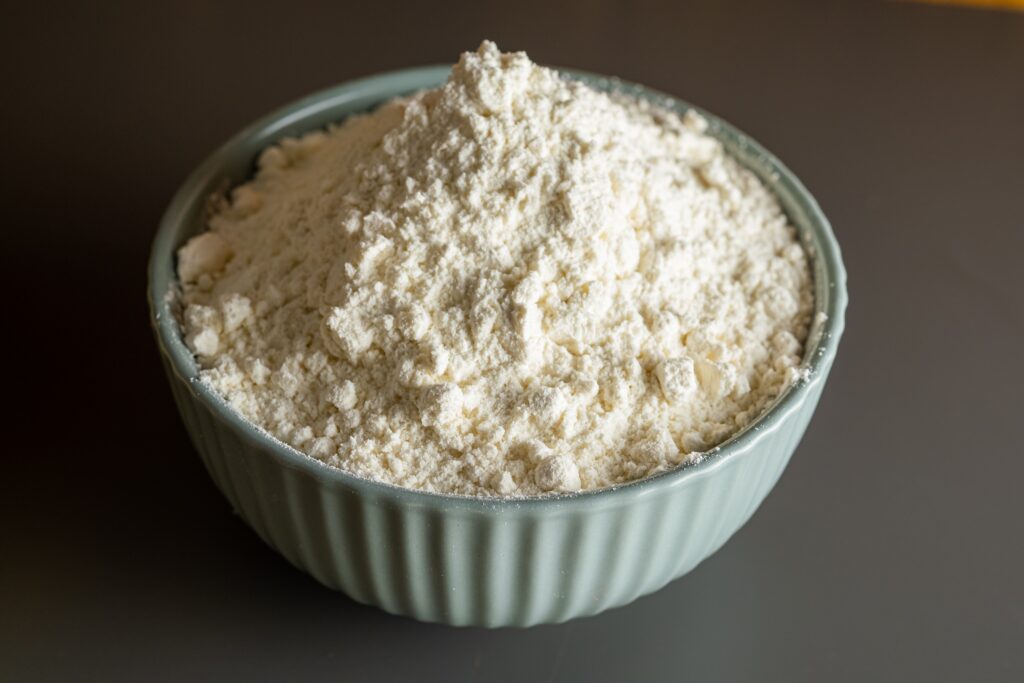
Onion Powder
Just like garlic powder, onion powder can be used as a shallot substitute in a pinch. Its flavor is less complex than shallots, but it can still provide a mild onion taste to your dishes. Begin with a smaller amount and adjust according to your taste preferences.
Medium Shallot
When your recipe calls for a large shallot, you can often use two medium-sized shallots as a substitute. Similarly, if your recipe requires a small shallot, using half of a medium shallot can be an effective replacement.
Yellow Shallots
Last but not least, if you have run out of shallots, you can always fall back on yellow shallots, which are simply immature shallots. While their flavor may not be as refined as mature shallots, they still offer a similar taste that can be incorporated into various dishes.
Conclusion
While shallots undeniably possess a unique and enticing flavor, there are numerous substitutes available that can impart a similar taste to your recipes. From yellow onions to garlic scapes, the allium family offers an array of options to enhance your dishes. Experiment with these substitutes, and you’ll find that even without shallots, your culinary creations can still be irresistibly delicious. Happy cooking!

Christopher is a food and lifestyle expert, recipe developer and the content creator behind May Eighty Five. With years of experience in the kitchen, he also shares tips, tricks and how to’s that he has learnt over the years. Every week, he shares quick, simple and mostly healthy recipes along with some home and entertaining tips. You will find flavorful cocktails, delicious appetizers, tasty mains and some indulgent desserts. As a home decor enthusiast, he also likes to share simple DIY projects and simple tips for a beautiful home.



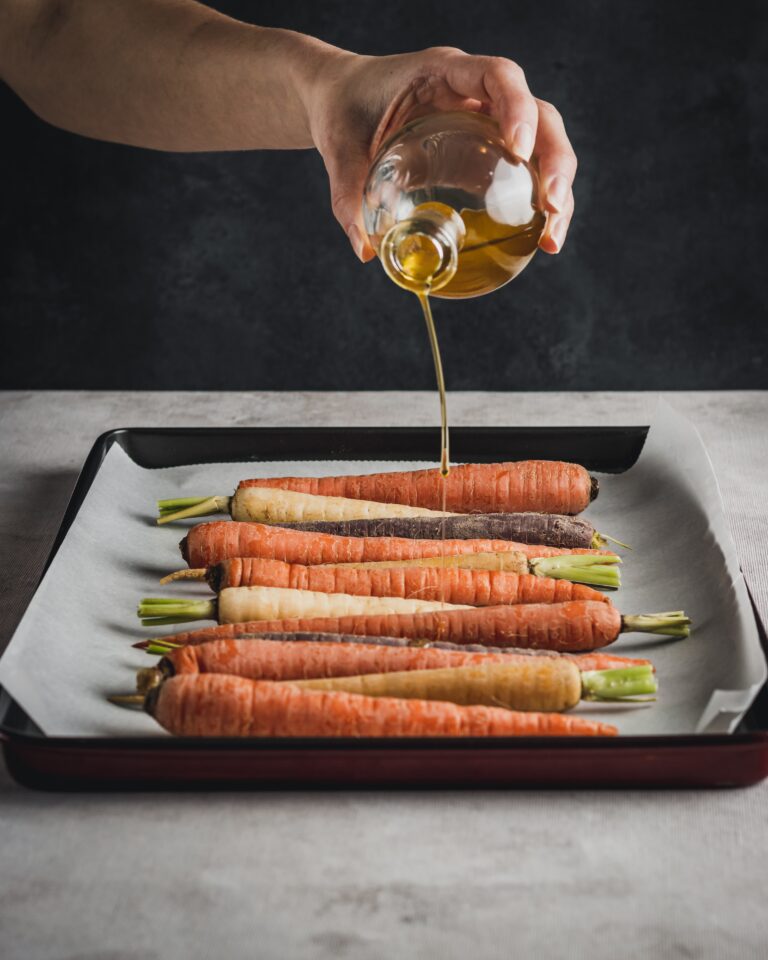
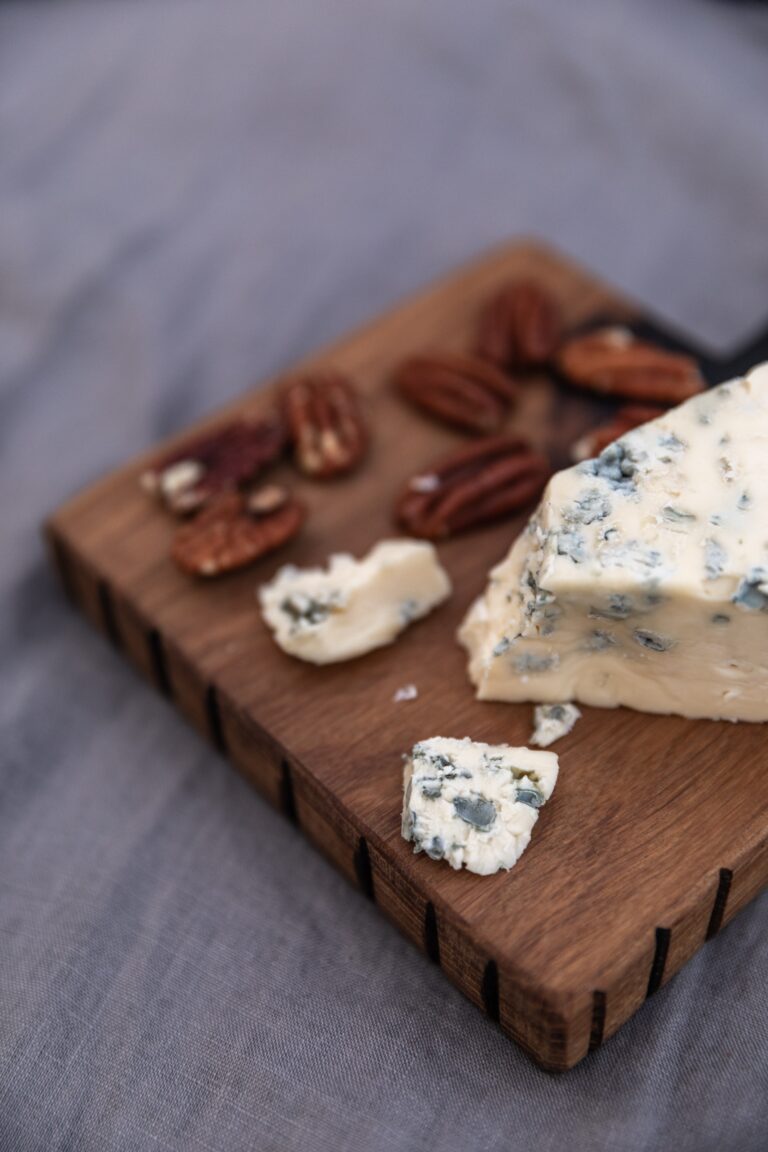
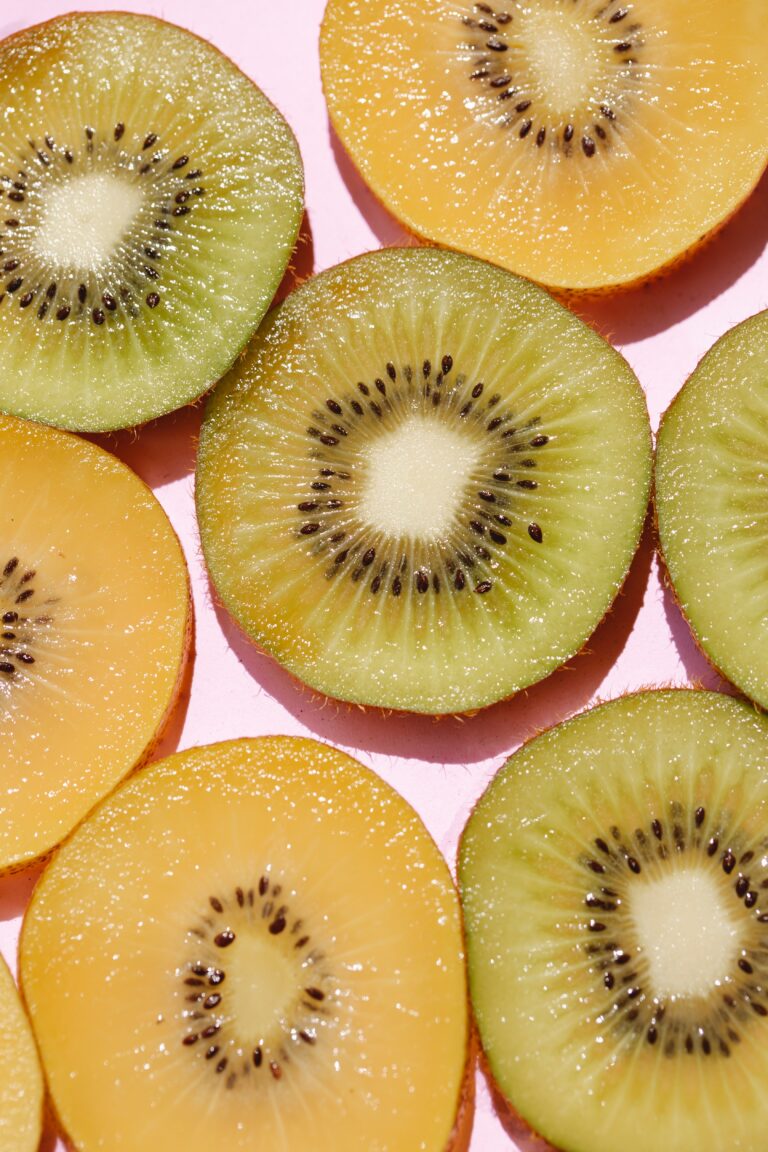
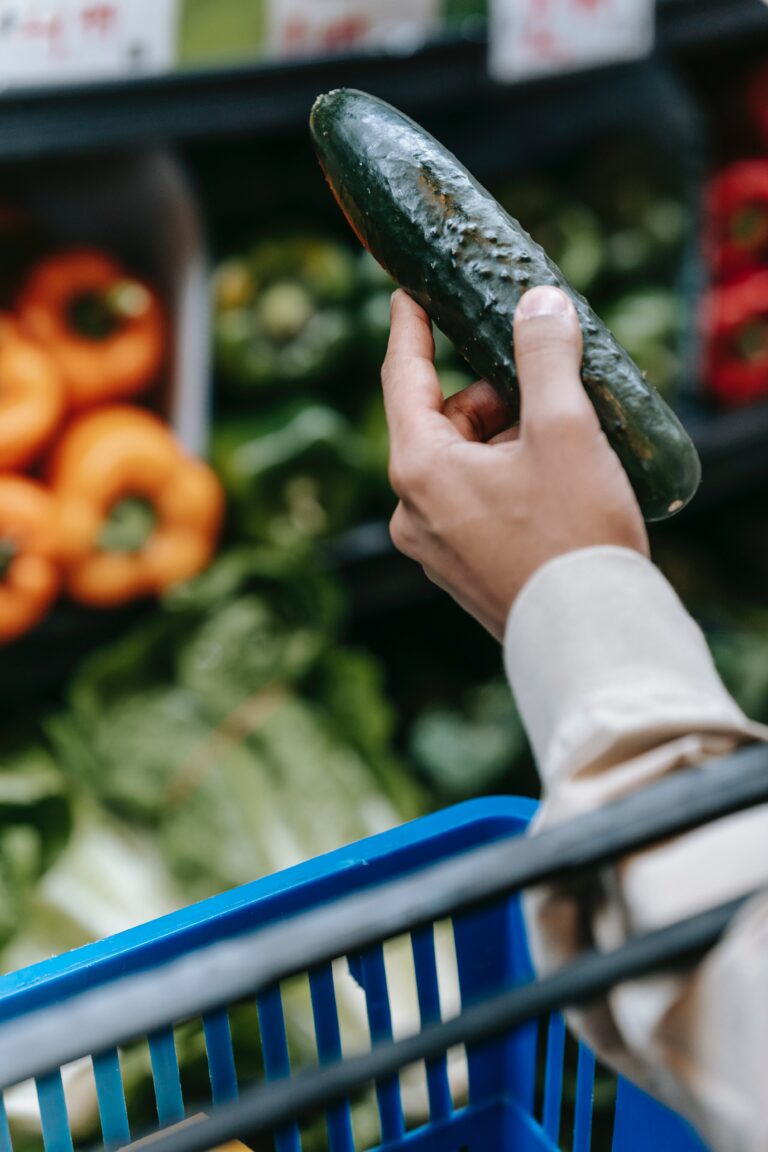
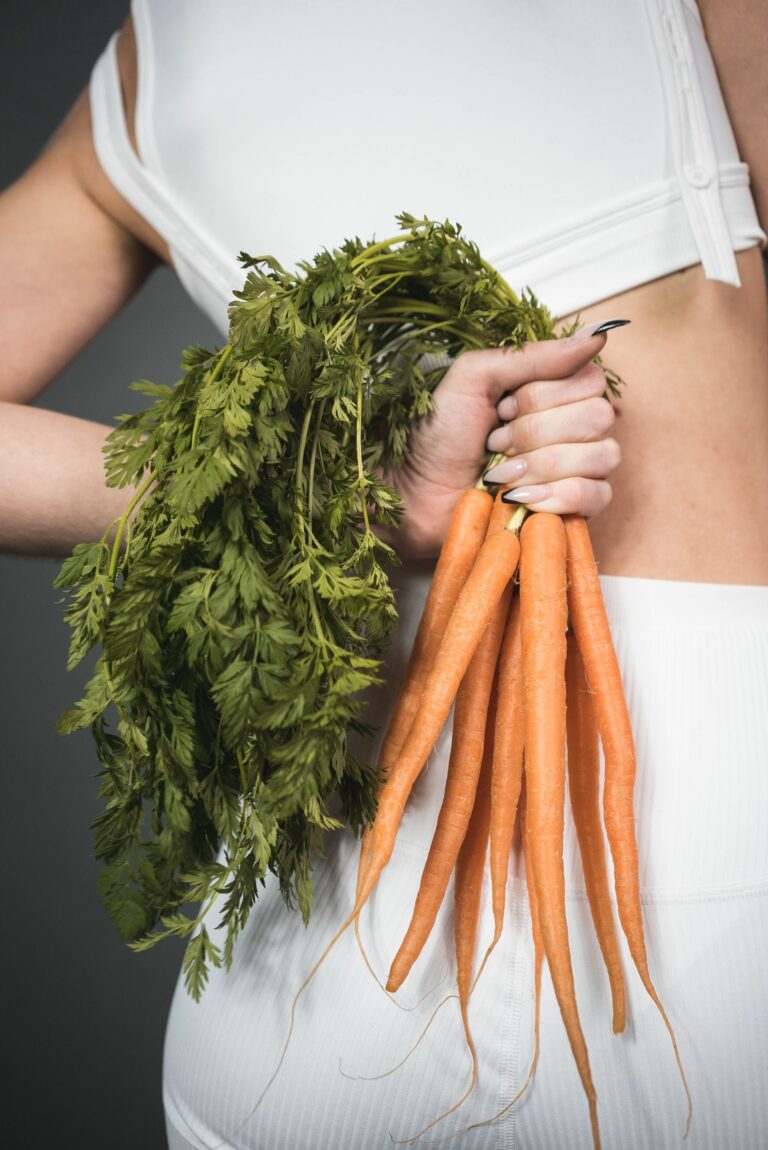
11 Comments